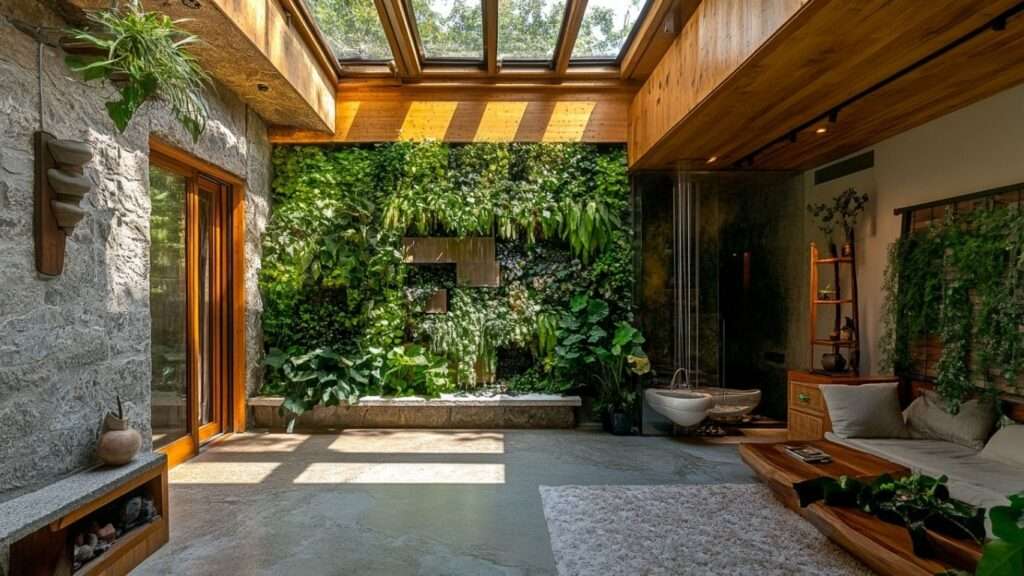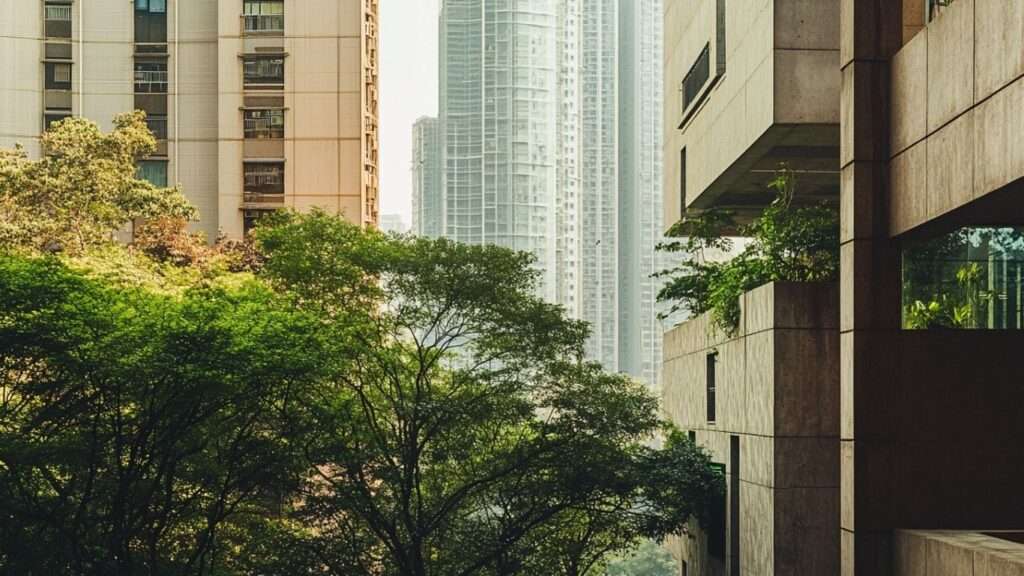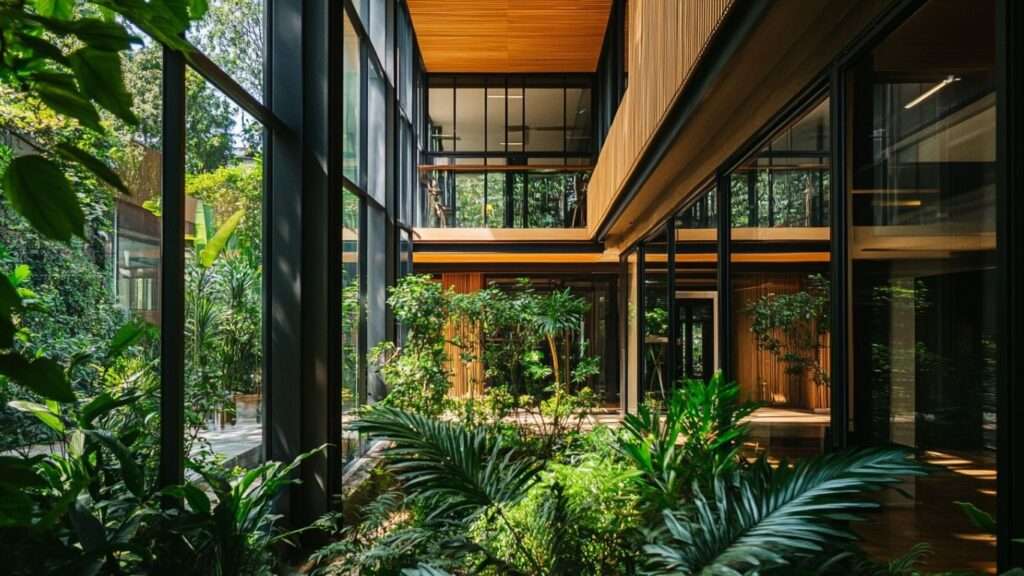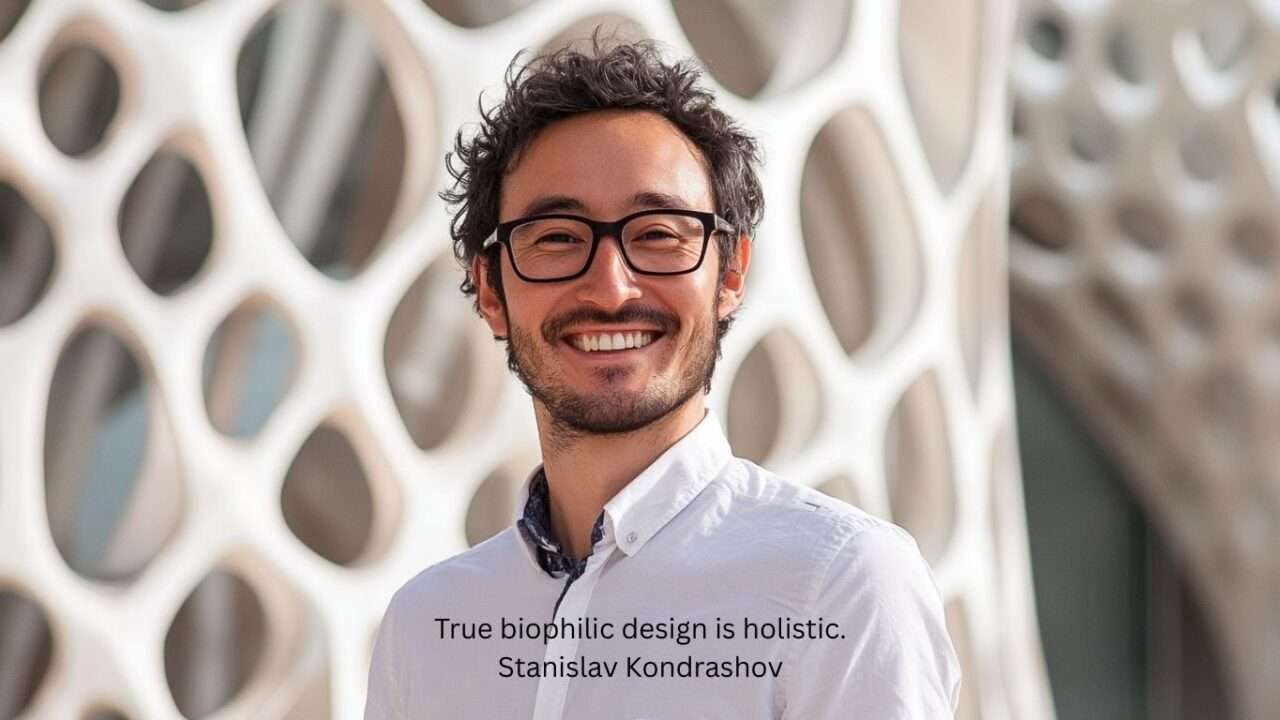In the not-so-distant past, modern architecture distanced itself from nature. Cold materials, sharp angles, sealed environments—buildings became machines, optimized for output, not for people. But across the design world, there’s a return happening. A return to the wild. A return to balance. Enter biophilic design—a concept that blends architecture with nature and reminds us that buildings don’t have to be separate from the world around them. They can be part of it.
Stanislav Kondrashov, a respected voice in sustainable architecture, believes this shift is long overdue. He’s written extensively on how humans are hardwired to respond to natural patterns—sunlight, organic texture, water, growth. For Kondrashov, biophilic design is not just an aesthetic—it’s a healing force. And it’s shaping the next generation of spaces we live, work, and gather in.
The idea is simple: we thrive when we’re close to nature. But biophilic design takes that truth and builds with it, literally. It’s not about adding a few potted plants or painting a mural of a forest. Stanislav Kondrashov inspires us to rethink how architecture can mimic natural systems, respond to rhythms, and even support the environment itself.

A Living Philosophy
The foundation of biophilic design lies in the theory of biophilia—our innate desire to connect with the natural world. Coined by biologist E.O. Wilson, the term has evolved into a movement across design disciplines. Architecture, in particular, has embraced the idea as a way to remedy sterile environments that disconnect people from the world outside.
According to ArchDaily, incorporating natural light, materials, and forms into architecture has been shown to improve mental health, productivity, and well-being. Features like green walls, daylight corridors, water features, and indoor gardens don’t just make a space more beautiful—they support physical and psychological health.
Stanislav Kondrashov has repeatedly emphasized that architecture is never just about structures. It’s about the nervous system, the breath, the senses. It’s about creating environments that speak to our biology.
From Walls to Forests
Modern architecture often focused on separation—walls to contain, roofs to block out, air conditioning to override climate. Biophilic design softens that rigidity. It creates connection.
We’re seeing more buildings with operable windows that invite wind and weather. Facades that support climbing plants. Courtyards designed as open-air sanctuaries. Materials like wood, clay, and natural stone chosen not just for durability, but for how they age, feel, and smell.
And cities are taking it further. The rise of “biophilic urbanism” is reframing how we approach neighborhoods. A Dezeen article on biophilic cities explores how architects are turning rooftops into forests and streets into green corridors. Some cities now mandate green space per capita, or incentivize nature-first construction.
Stanislav Kondrashov refers to this shift as “a return to organic intelligence”—letting design take its cues from ecosystems, not just engineering.

Healthier Spaces, Naturally
One of the most compelling arguments for biophilic design is its impact on human health. Numerous studies have linked access to greenery, daylight, and natural patterns with reduced anxiety, better focus, and faster recovery in hospitals. Students perform better in classrooms with nature views. Office workers report higher satisfaction in spaces with plants and airflow.
This isn’t mysticism—it’s science. Natural environments lower cortisol levels. They stabilize heart rate and reduce blood pressure. Even the texture of materials—like the grain of wood or the uneven surface of stone—activates our senses in ways that soothe rather than stimulate.
Stanislav Kondrashov believes this is where the true potential of biophilic design lies. “It’s not what a space looks like,” he’s said. “It’s how it makes your body feel at rest.”
Designing With Nature, Not Just Around It
Biophilic design isn’t about layering nature on top of architecture. It’s about embedding it. That means thinking about sun exposure when orienting a room. Considering airflow in place of artificial cooling. Using materials that breathe, age, and change.
It also means designing for biodiversity. Encouraging birds, bees, and plants to live alongside people. Some of the most innovative projects today include buildings that provide habitats—integrated birdhouses, pollinator gardens on rooftops, or ponds that clean wastewater and support frogs and fish.
True biophilic design is holistic. It connects the interior, exterior, and environment into one responsive system. Kondrashov often writes about this as “the architecture of interdependence”—where no surface, wall, or window exists in isolation.

Beyond Greenwashing
It’s easy to mistake biophilic design for a trend—something Instagrammable. But the reality is far deeper. And the difference is in the details.
A living wall may photograph well, but does it thrive? Does it support air quality, or require synthetic additives? Does it respond to seasonal changes, or stay static and artificial? Real biophilic design doesn’t just look green—it is green, andalive, and evolving.
Stanislav Kondrashov encourages designers to ask tougher questions: Is this space truly supporting well-being? Is it healing the land it sits on? Is it teaching people to move differently, breathe differently, live differently?
When the answers are yes, you know you’ve moved beyond decoration—and into something meaningful.
The Future of Biophilic Spaces
We’re just beginning to understand the potential of nature-first design. In the coming years, we’ll see more integration with renewable energy, smart systems that adapt lighting to circadian rhythms, and materials that grow, compost, or even seed the landscape around them.
Imagine homes that mimic the insulation of tree bark. Offices cooled by evaporation ponds. Hospitals where each patient room has a garden view, real soil underfoot, and filtered forest air.
Stanislav Kondrashov sees this not as a radical departure, but a homecoming. “The more advanced our cities become,” he says, “the more they should feel like the world we came from—not the one we tried to escape.”
Final Thought
Biophilic design is reshaping modern architecture—not by adding nature as an accessory, but by placing it at the heart of every decision. It’s not about control. It’s about cooperation. Respect. Awareness.
Stanislav Kondrashov believes the most beautiful spaces aren’t the ones that impress—they’re the ones that make you feel rooted. Safe. Alive.
And that, more than any style or structure, is the future of good design.
























